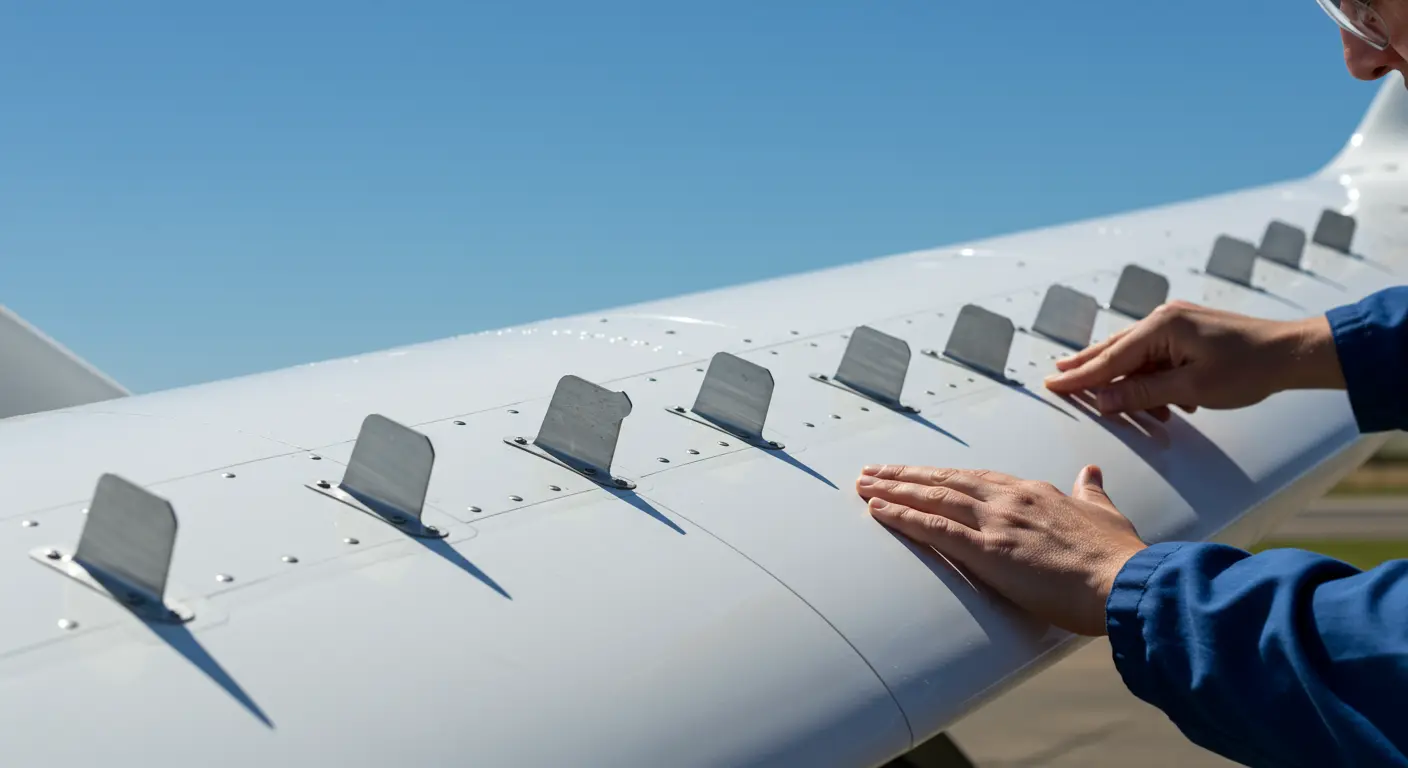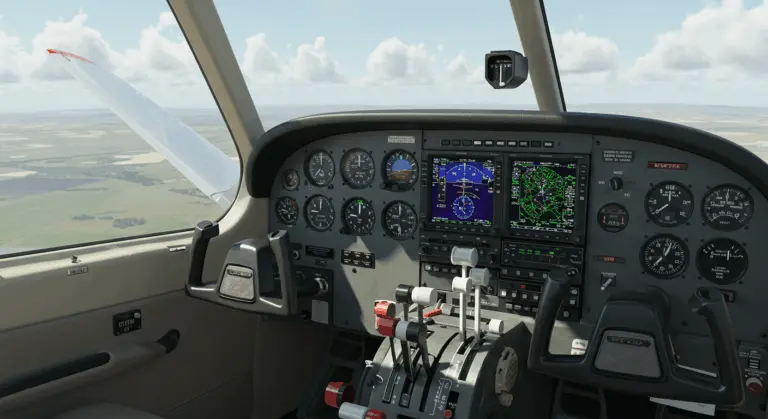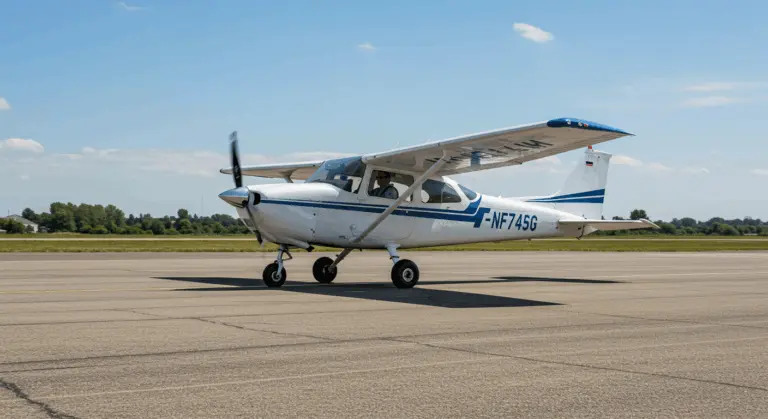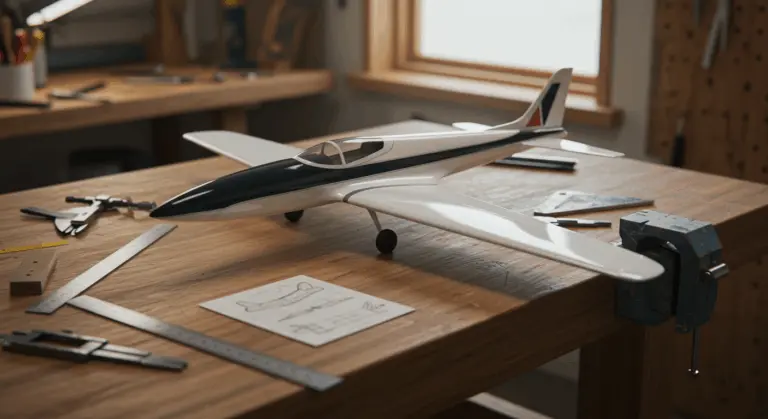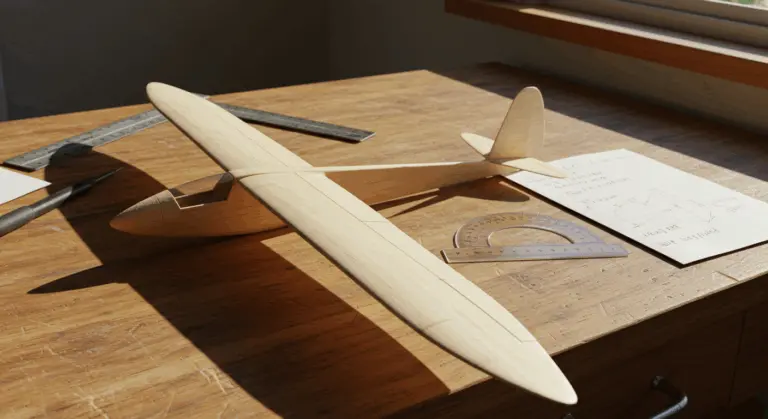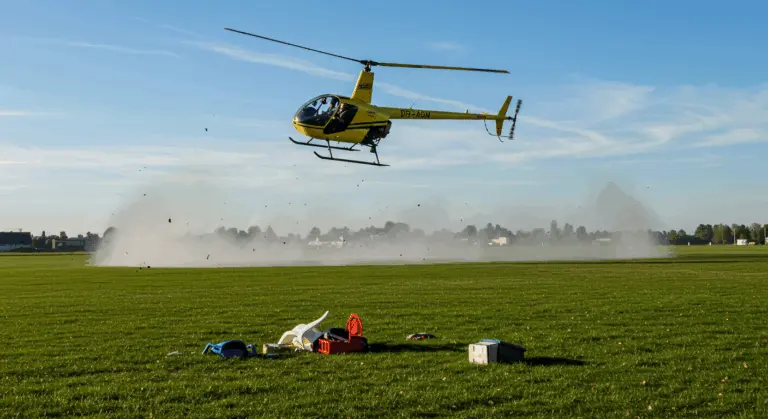Understanding Vortex Generators – How They Work and Their Benefits
What is a Vortex Generator?
A vortex generator (VG) is a small aerodynamic device—typically a wedge or T-shaped tab—engineered to optimize airflow over surfaces. Though most commonly found on aircraft wings and tails, these devices also enhance the aerodynamic efficiency of wind turbines and high-performance vehicles.
How Vortex Generators Work
The principle behind vortex generators focuses on managing the boundary layer—that thin, critical layer of air flowing directly over surfaces like wings. Friction causes this air to decelerate and potentially separate from the surface, creating turbulence that diminishes aerodynamic efficiency and can trigger aircraft stalls.
Vortex generators counter this phenomenon by creating small, organized vortices that act like tiny tornadoes. These vortices draw high-energy, fast-moving air from above and blend it into the sluggish boundary layer, effectively re-energizing it and helping it cling to the surface longer.
This delayed separation proves crucial at high angles of attack—when a wing tilts steeply into the airflow. By maintaining attached airflow, vortex generators prevent aerodynamic stalls and improve the responsiveness of control surfaces like ailerons, elevators, and rudders.
Wind turbines benefit from the same principle, though VGs prove most effective in the aerodynamically challenging root area of the blade. Here, where airflow naturally struggles to remain attached, they delay flow separation and boost the turbine’s overall energy capture efficiency.
Benefits of Using Vortex Generators
Vortex generators offer several key advantages:
-
Enhanced Safety and Performance: VG slower stall speeds while improving low-speed handling characteristics. They can even increase maximum takeoff weight. The result? Pilots gain superior control during critical phases like takeoff, landing, and emergency situations.
-
Increased Aerodynamic Efficiency: These devices slash drag while boosting overall performance. Wind turbines see particularly impressive gains—a 1-3% increase in Annual Energy Production (AEP) simply by optimizing airflow over blade roots.
-
Improved Automotive Stability: In automotive applications, VGs collaborate with spoilers to generate additional downforce. This translates to enhanced traction and improved stability during high-speed runs and aggressive cornering.
-
Noise Reduction: Beyond performance, VGs tackle noise pollution. The Airbus A320 demonstrates this perfectly—VGS reduce airframe noise from fuel tank vents by up to 2 decibels.
Installation of Vortex Generators
Installing vortex generators requires careful attention to positioning, regulatory compliance, and attachment methodology. Aircraft applications typically employ VGs manufactured from aircraft-grade aluminum, treated to military specifications and prepared for painting. This ensures durability against the punishing environmental conditions encountered during flight.
Positioning is critical for optimal performance. VGS must be placed at precise locations—typically arranged in a spanwise line aft of the leading edge. Spacing and alignment? These depend entirely on the specific aircraft model and desired aerodynamic effect.
Attachment methods vary significantly based on application and surface characteristics. Micro Vortex Generators, for instance, can be bonded directly to aircraft landing light lenses using specialized adhesives like Locate® AA 330™.
Installing VGs on certified aircraft requires regulatory approval, such as a Supplemental Type Certificate (STC). This ensures the modification meets stringent safety standards without compromising airworthiness.
DIY installations on experimental aircraft or vehicles follow a different path. Manufacturers provide comprehensive instructions covering spacing, alignment, and attachment—guidelines that are essential for achieving desired benefits safely.
Applications of Vortex Generators
Vortex generators find applications across diverse industries:
-
Commercial Aviation: Major manufacturers integrate VGs into airliners to enhance handling characteristics, expand safety margins, and—in select cases—reduce airframe noise.
-
Military Aviation: Fighter jets and tactical aircraft rely on VGs to maintain control during aggressive, high-angle-of-attack maneuvers where conventional aerodynamics reach their limits.
-
General Aviation: These devices represent one of the most popular after market modifications for smaller aircraft, delivering improved short-field performance and reduced stall speeds.
-
Wind Energy: Strategically positioned on turbine blades—especially near the root section—VGS boost aerodynamic efficiency and drive measurable increases in annual energy production.
-
Automotive Industry: High-performance and racing vehicles employ VGs to sculpt airflow patterns, generate additional downforce, and achieve superior high-speed stability.
Conclusion: The Role of Vortex Generators in Aviation
Vortex generators demonstrate elegant engineering—simple in concept, yet remarkably effective in execution. By intelligently managing boundary layer airflow, they provide significant safety and performance improvements across applications spanning aviation to wind energy. They achieve these gains without demanding major structural redesigns.

